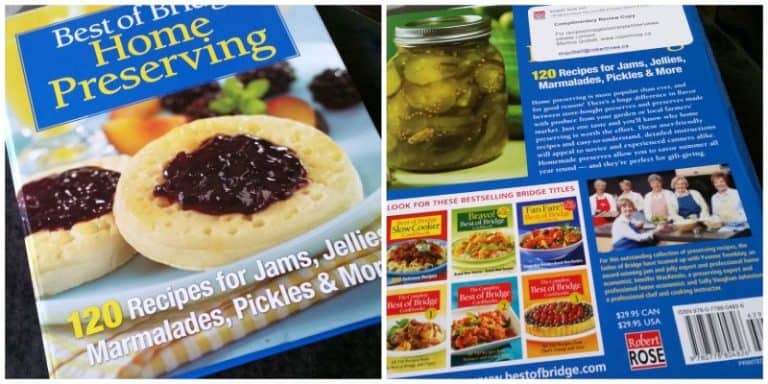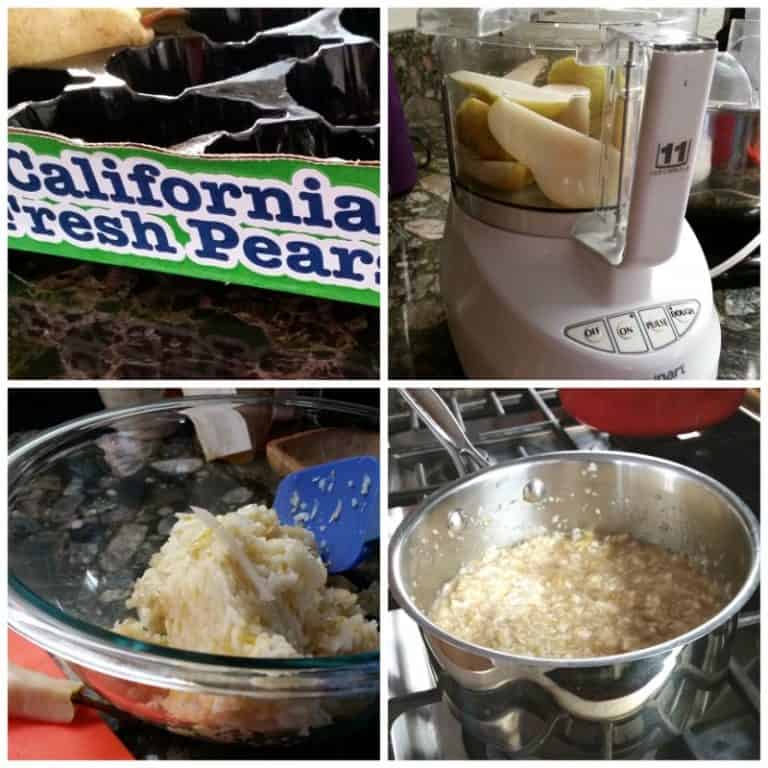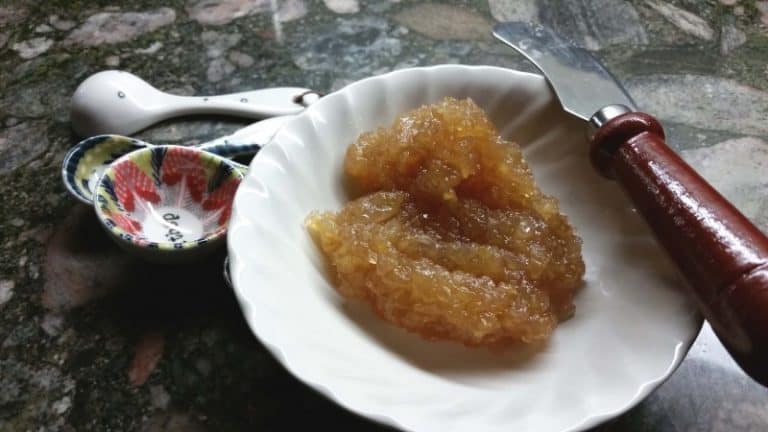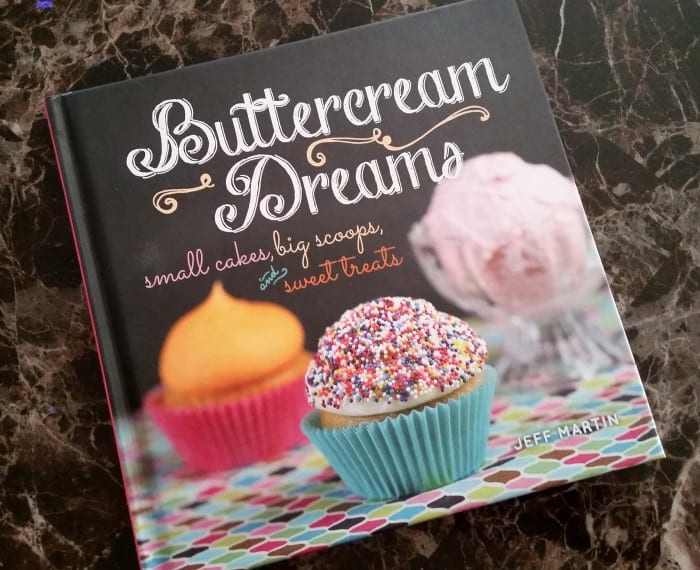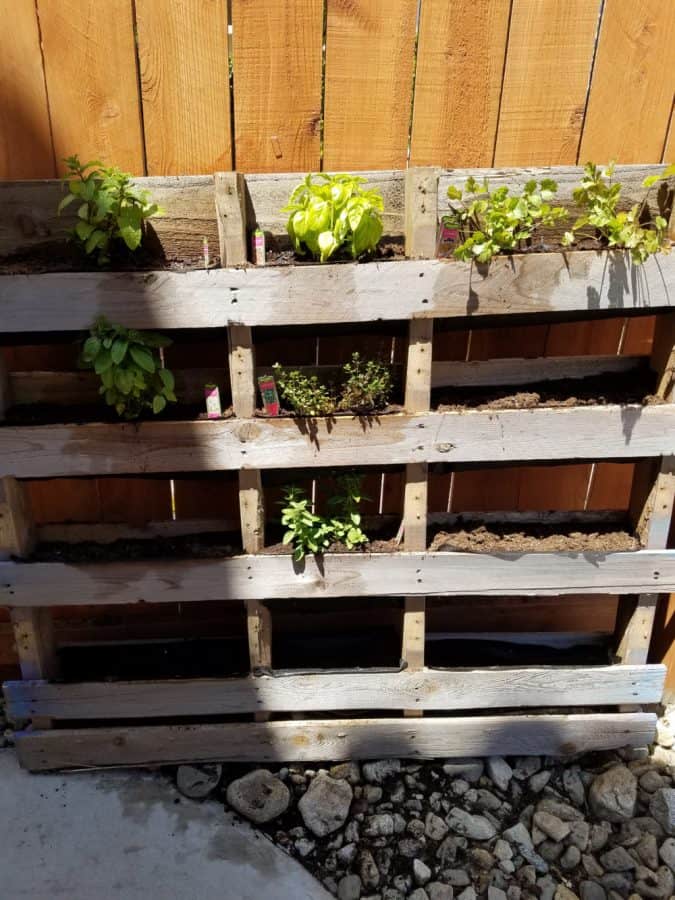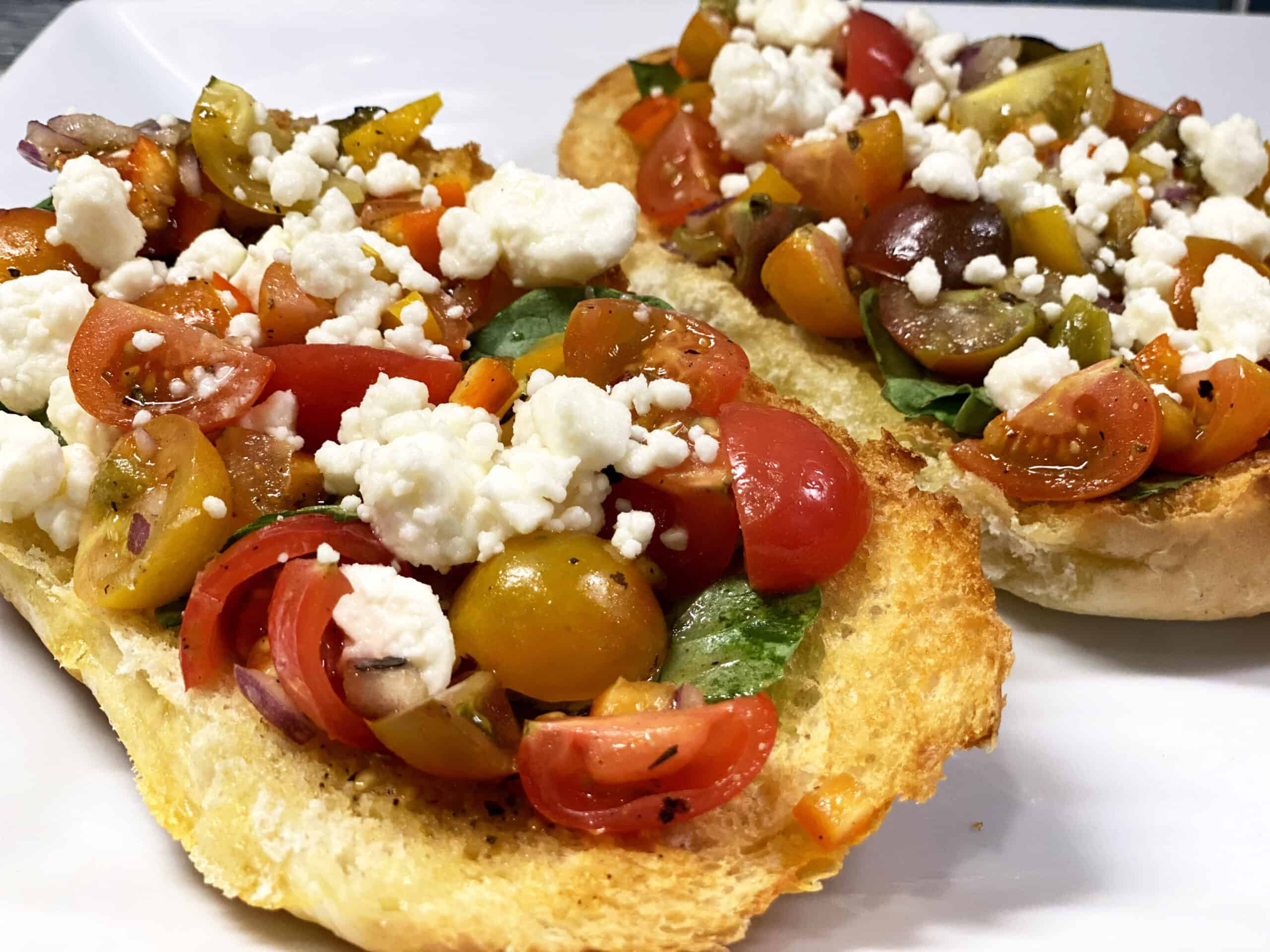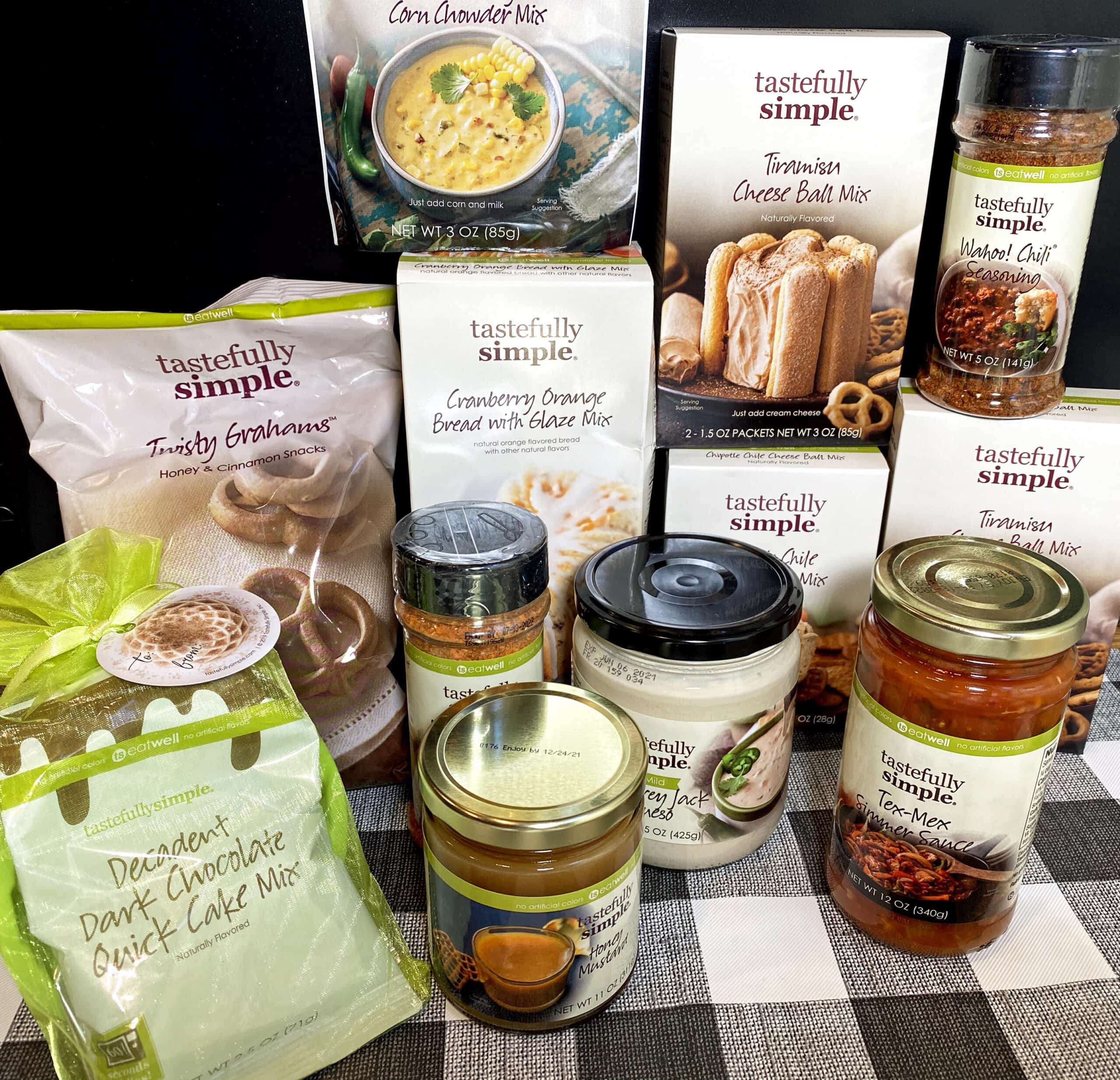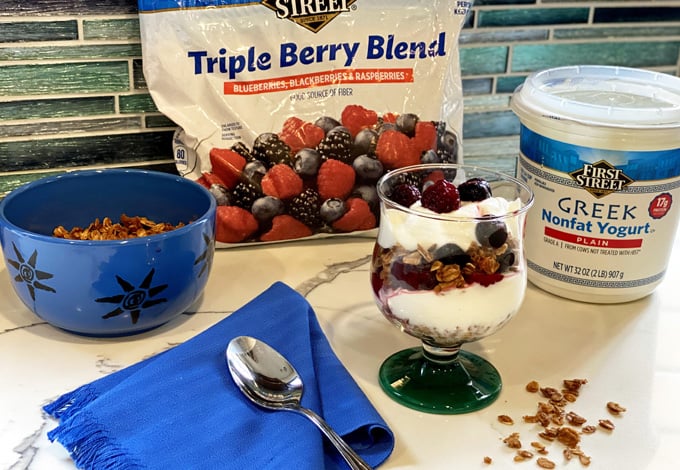Best of Bridge Home Preserving Book Makes Canning Easy
Living in the country for three years, I had a lot of time on my hands. Shopping, a favorite pastime prior to moving to the middle of nowhere, was a once or twice monthly thing. Driving two-lane country roads in the dark after work wasn’t appealing nor was the 45-minute drive to civilization, so I developed new hobbies, one of them being gardening. I’ve always loved to garden and I had a lot of space on our acreage and absolutely no excuse to not try to grow more of our food for home preserving.
Tomatoes, green beans, a few kinds of zucchini and squash, arugula, Swiss chard, herbs, including two of the biggest rosemary bushes I’d ever seen, figs, bell peppers and jalapenos filled the garden and surrounding areas. I spent hours every week weeding, watering, pruning and harvesting. It wasn’t always fun doing that in 100+ heat with 80% humidity, but I got in the habit of gardening, then jumping into the pool to cool off. Not a bad gig, right?
The challenge wasn’t finding meals that used our bounty, but using enough of it, so I turned to home preserving. I went all out – I bought a water-bath canning unit and a pressure canner. Cases of jars, spare rings and lids and numerous tools. It wasn’t a cheap undertaking but once you purchase the necessary equipment, you’re pretty much done. Approximately $150 later, I had all I needed to can and re-can and I loved it!
Now that I’m back in California, my produce options are a little more limited. Not by variety, as California’s full of farms of all types, you-pick apples and gardens galore, but by price, as the drought out here has increased our food costs. This makes the appeal of growing my own food even more alluring again, but we’re in the midst of landscaping the backyard to maximize our entertaining space and give me large blocks of contained gardening area to grow whatever our climate will allow, which is a lot; problem is, we’re not quite done and it’s too late for a winter garden, so we’re still buying produce.
One of our favorite places to buy good, quality fruit and vegetables is Costco, where we know the produce is clean and safe. We’re organic gardeners, meaning in very simple terms, that we don’t put any pesticides or other chemicals into our gardens, hence our food and our bodies, and that makes us very careful when we buy produce anywhere else.
Last week, the husband came home with a huge flat of pears. He mixes up the fruit each week, with green apples being our favorite option, but pears sounded really good. Problem is, they don’t stay crisp for long, so you need to have a back-up plan, and the book I’m sharing with you today, Best of Bridge Home Preserving, by Rose Publishing, was part of the plan. It outlines many favorite recipes and options for preserving your food and makes it all look easy. I was provided a complimentary copy, by Robert Rose Publishing, for the purposes of this review.
With 120 recipes for jams, jellies, marmalades, pickles and more, you have a lot of choices of what to make. Pick a produce, you’ll find different ways to preserve it. The first thing I looked at, of course, was pears, and we are now enjoying a batch of Cinnamon Pear Butter, an easy thick jam sort of butter, and it uses so few ingredients, you don’t need to worry about an additional trip to the store. (Many jams and jellies will ask for a type of pectin and this one didn’t.)
So easy to make! Buy fresh pears, chop up tiny in the food processor and cook on the stove.
I love how pretty and golden it turned out!
The Home Preserving table of contents is impressive, as it’s several pages long. The recipes are broken up into categories, starting with The Basics: Everything You Need To Know, followed by various types of fruit jams, marmalades, butters, relishes, pickles, preserves, etc.
The Basics section gets you well on your way, including what type of equipment you need. Read it closely, as preserving is easy but you need to be sure that you’re doing it properly. (Under-processing can expose your food to problems and make it unsafe to eat, so never adapt recipes unless you’re sure what you’re doing.)
Page through the book and you’ll see how each recipe gets one or one and a half full pages of coverage, so no cluttering or cramming more than one recipe on a page, making it much easier to read. Apropos quotes are frequently found amongst the recipes, and sections of bright, colorful photos are scattered throughout. The big clear font could just be this “I can’t see a thing without my glasses or contacts” person’s favorite thing!
Next up? Sweet and Tangy Green Beans – my mom used to make these when I was growing up and I loved them and haven’t had them in years! With Fall here, though our temps are temporarily hot here in Southern California, I’ll be pulling this book out more to find some ways to use the produce that I find on sale at Sprout’s each week. (Remember my post earlier about saving money on food? I really do live that way each week. Our meals are solidly based on the produce and/or meat that I find on sale when I hit the stores each week. We get a good variety of foods that way, and of course, I save money for other things. Food doesn’t need to be your biggest expense other than housing!)
You can find this book at Robert Rose Publishing but also at Amazon and other book sellers. The money it will save you in the grocery store is well worth it! (And if you visit the website, look at the long list of quality cookbooks available. I have many and they are go-to books for me.)
What’s your favorite produce to grow and/or preserve? Share your favorite recipes, I love to bookmark new ones and I’m always up for buying a new book!

